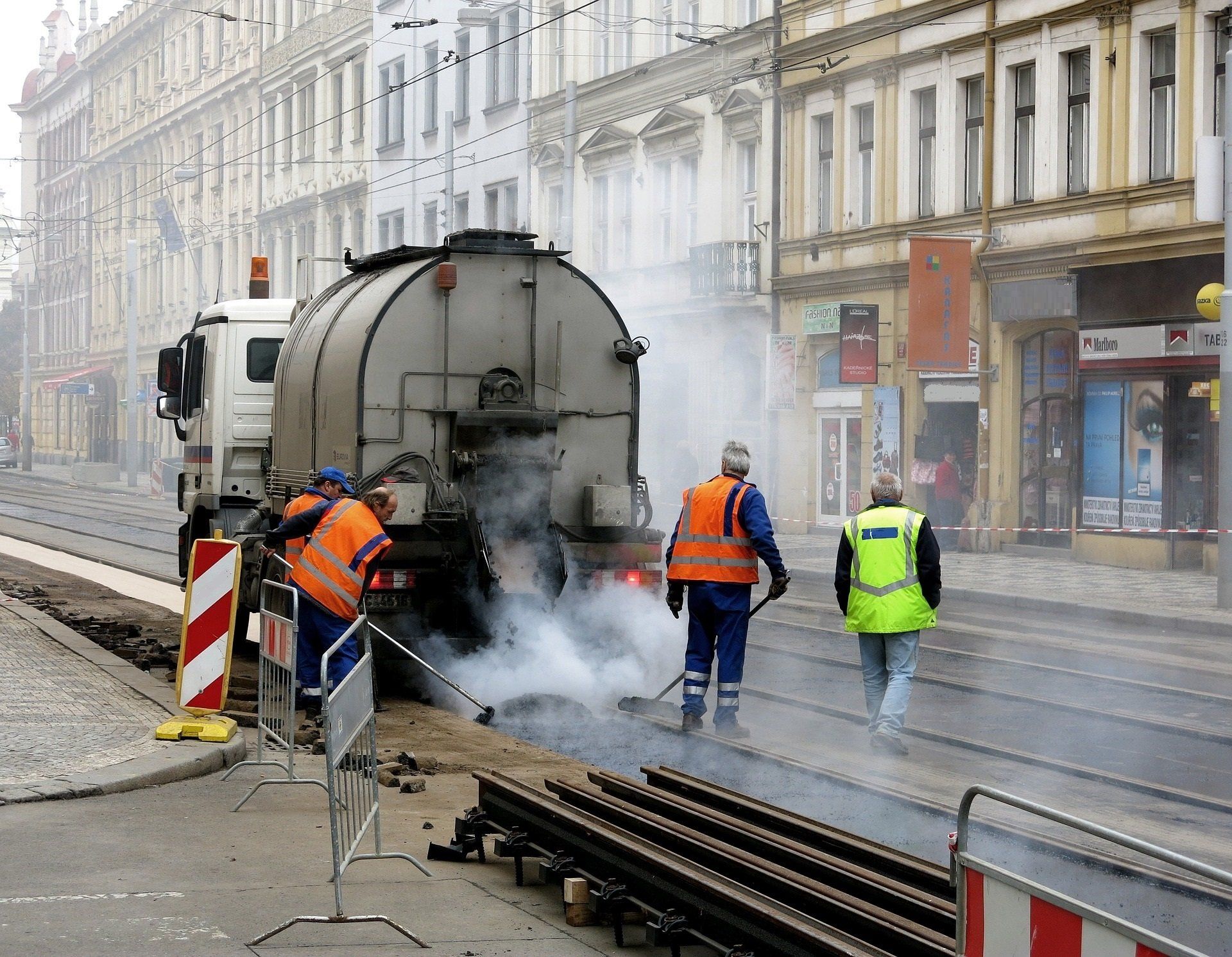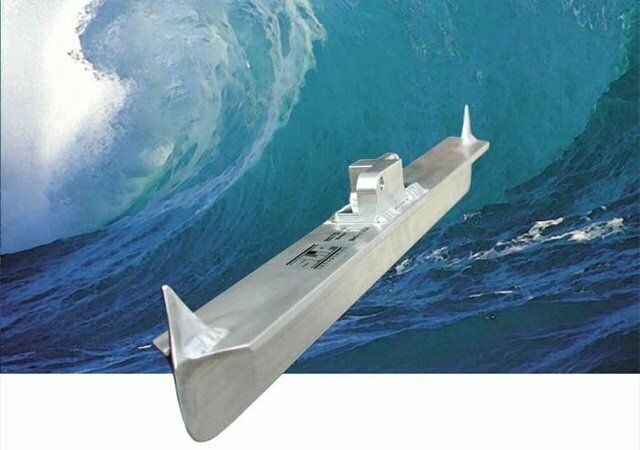How To Pave Asphalt in Winter Conditions
How To Pave Asphalt In Winter Conditions

Experienced and knowledgeable contractors know that when they want to buy asphalt tools online, they should always turn to Slip Industries. Slip Industries has all the standard gear a contractor might need, but can also make custom asphalt tools as well. Another thing that a good contractor knows is that winter weather conditions play a big factor in how they work with asphalt.
Temperature changes, snow, and even wind, can make a difference in how tradesmen work with asphalt. While working in asphalt in the winter can certainly make things more difficult, it is not impossible.
The biggest determining factor when working with asphalt is temperature. Asphalt is mostly made of an aggregate of rock and sand, as well as a cement mixture as a binder. Asphalt needs to be at a high temperature to maintain a certain texture and quality that will make it easy to work with and flow. Asphalt is usually mixed offsite and transported to jobs in trucks. This makes it important to maintain as high a temperature as possible from the time it is initially mixed to the time it is being laid at a job site. While the asphalt is hot, it has a thin consistency and can flow quite easily and be manipulated to spread around a work area. As the temperature of the asphalt drops, it gets much thicker and can almost seem like glue when it gets cold.
Generally speaking, asphalt should be a minimum of 290 degrees Fahrenheit, which allows for optimal compaction. Compaction takes place when the asphalt is compressed and reaches its final density. The aggregate particles and cement bond and lock together forming the hardened final product. The higher the level of compaction, the denser the final product will be.
As the temperature of asphalt drops, the quality of the final product gets lower because compaction cannot take place at the same level it would if the asphalt maintained a good temperature. Most asphalt mixes will have a time available for compaction, or TAC, that is used to plan out a project. The TAC is based on optimal temperatures and compaction time drops dramatically when the temperature of the asphalt gets below 290 degrees Fahrenheit. Adding something like rain, snow, or sleet on top of cold temperatures will make an already challenging job exponentially more difficult. Precipitation of any kind will further affect the integrity of the asphalt. A good contractor will have to use their best judgment and decide if it may be better to simply reschedule a job.
There are a few things that can be done to help combat the elements and increase the chances that there will be minimal issues when working with asphalt in the winter. Temperature being the biggest factor in decreased TAC means that contractors must do everything they can to keep asphalt hot and ready to work with when it gets to a job site.
Some suggestions for making sure this happens are:
- Increasing the production temperature of the asphalt. Asphalt can be mixed at up to 330 degrees Fahrenheit in many cases. Asphalt should not exceed this temperature, however, as it can be damaged and unusable if it gets too hot.
- When asphalt is being transported to a job site, tarps can be used to cover it so that it is protected from any potential precipitation and can also play a role in maintaining temperature.
- If multiple trucks are transporting asphalt to a job site, the last truck or two may want to be used first. Generally, these trucks will have lost the least amount of heat when being transported to the job site.
- Keep handwork with lutes and other tools to a minimum. When the asphalt is being manipulated, the more it moves and is spread around, the more heat it can lose. Contractors need to make sure to have skilled and efficient professionals on their team when working with asphalt in the winter. Remember, for the best custom asphalt tools, make sure you buy asphalt tools online with Slip Industries.
Some other things to take into consideration when working with asphalt in the winter are whether or not more rollers are needed to get the job done quicker. Since there is a reduction in time available for compaction, it will need to be paved as fast as possible. This may also be achieved by using wider rollers. Another thing that may be useful is using specialized software, charts, and past experience to help determine what the asphalt’s TAC is. This will help in deciding on how to approach a particular job, or if it needs to be rescheduled completely.
Slip Industries knows that whether you are working with asphalt, concrete, or masonry, the best contractors demand the best tools. We have many of the tools needed to take on a variety of jobs. If we do not have the tool you are looking for, we can make it! Satisfaction is guaranteed and all of our custom tools are made in the U.S.A. Check out our complete online inventory today to find what you need!













